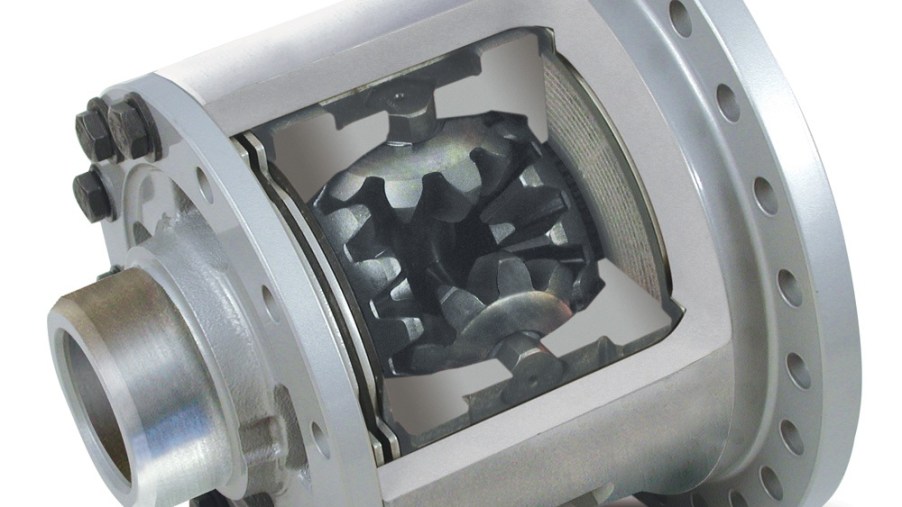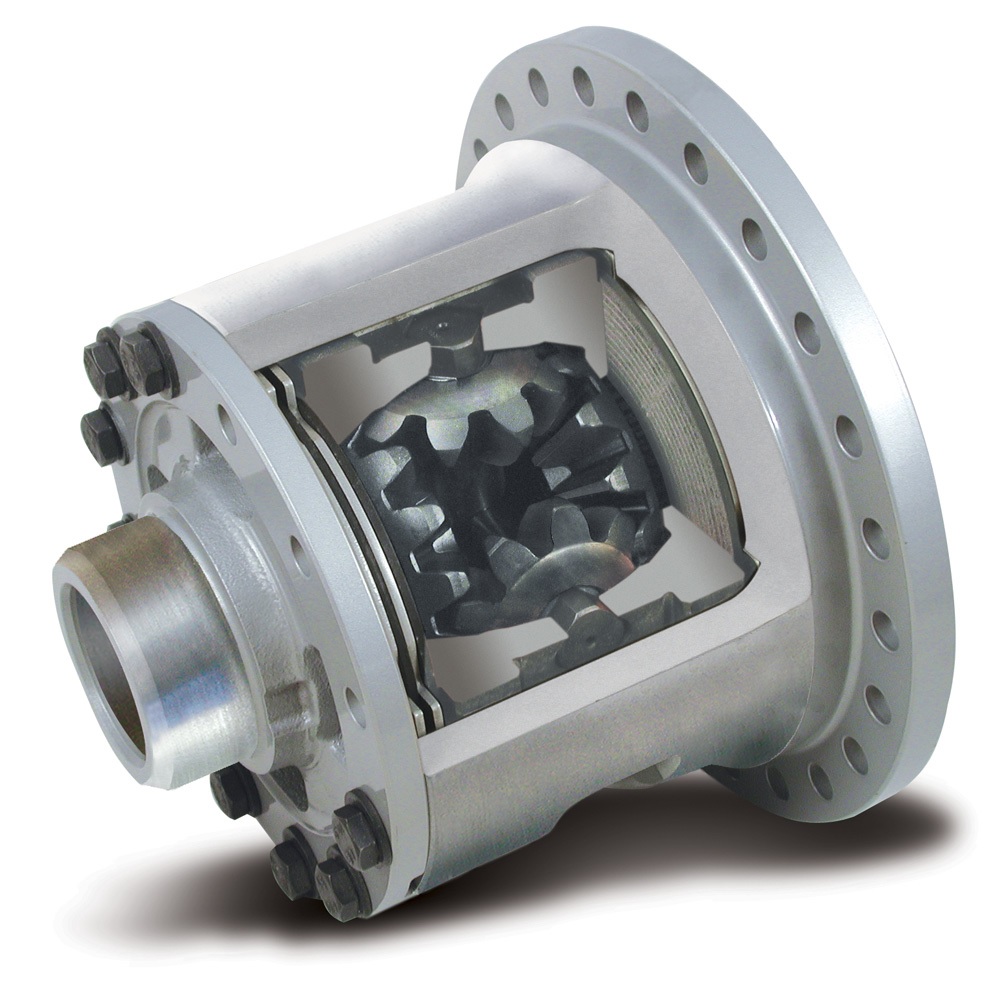
Is It Necessary to Change Your Car’s Differential Fluid?
If your car, truck, or SUV has an all-wheel drivetrain, then you have probably been asked if you want to “service your differential” at least once when getting the oil changed. And while that question might seem like a ploy to get you to buy more stuff from the dealership or shop where you get your car worked on, it’s actually not. But is it really necessary to change your car’s differential fluid?
What is a differential?
When driving your car through a turn or corner, the inside drive wheel – closest to the inside of the corner – travels less than the outside wheel does. If the wheels were spinning at the same speed, then the car would easily fishtail around the corner. However, having a differential between the two drive wheels prevents the car from doing that, as it allows the wheels to move independently, notes Keystone Chevrolet.
Inside the differential is a cluster of gears that spin the wheels independently; however, these gears need lubrication in order to move more freely and not heat up too much due to the constant friction, hence the need for differential fluid in the housing. If this fluid isn’t changed in the manufacturer-prescribed intervals, then it can get dirty and thick, which could damage the differential over time. Trust us, you don’t want to pay for a new differential.

How often do you need to replace the differential fluid?
Most manufacturer maintenance schedules require the differential fluid to be changed every 30,000 to 60,000 miles. However, it can differ between vehicles. The job itself is actually pretty straightforward, but if you’re planning to change your vehicle’s differential fluid at home, then it can get messy.
How do you change a vehicle’s differential fluid?
Changing the fluid in a differential is almost as easy as changing the oil in the engine. However, the process can differ between vehicles since some differentials only have two plugs — one for filling the fluid and another for draining it – while other vehicles require you to remove the housing cover. Here is a simple layout of the process according to Your Mechanic:
- Lift the vehicle with a jack and place it on jack stands
- Locate the front or rear differential and its corresponding fill and drain plugs
- Remove the fill plug first to ensure that it’s not seized on there
- Carefully remove the drain plug and drain the fluid into a pan
- Replace the drain plug
- Fill the differential housing with fluid via a hose or pump until fluid pours out of the fill hole
- Replace the fill plug
For cars and trucks that require you to remove the entire differential housing cover, the process is the same, but you’ll need to remove more bolts to drain the fluid. Be sure to use the proper fluid that is mentioned in your car’s owner’s manual.
You can also have it professionally done
If you don’t have space or the tools to change your vehicle’s differential fluid, then you can have it done by your local mechanic or dealership. We suggest shopping around for pricing since it’s a simple job, and some shops do like to charge a lot for it. Either way, changing the differential fluid in your car is very important so you can rest assured that your mechanic is not trying to run up your maintenance bill.



